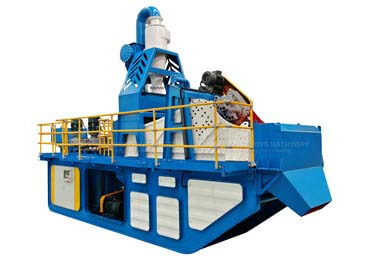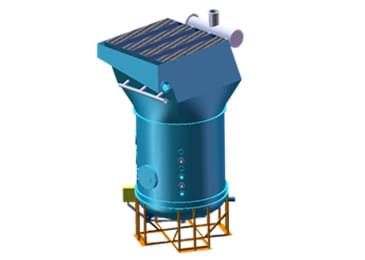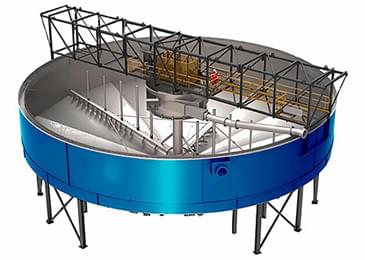Ten requirements for sand making machine to ensure production
2022-03-04
With the rapid development of infrastructure construction and construction industry, there are fewer and fewer natural sand and gravel that can meet the requirements. The advantages of machine-made sand are becoming more and more obvious. The sand-making machine is the main equipment for producing artificial sand. To ensure its production, correct installation and standardized operation are prerequisites.
1. Before the sand-making machine is installed, check according to the packing list to check whether all parts are complete and whether there is any damage during transportation.
2. The sand-making machine must be installed on a solid concrete foundation, the foundation should be able to bear 4 times the weight of the whole machine, and it should be fixed with anchor bolts.
3. During installation, the sand-making machine should be placed horizontally so that its main shaft is vertical to the horizontal plane.
4. After installation, check whether the bolts of various parts are loose and whether the door of the main engine compartment is tightened, and if so, it should be tightened.
5. Gas seal, shutter valve, protection ring, and other devices. Count the number of equipment and structural parts, check the quality of parts, focus on controlling the arc of the protection ring, and check the assembly size.
6. Configure the power cord and control switch according to the power of the equipment.
7. There should be a lifting space above the sand-making machine, and lifting equipment should be installed above the sand-making machine. The lifting capacity of the lifting equipment should consider the weight of the large parts of the sand-making machine.
8. Appropriate space should be reserved on one side of the sand-making machine for easy maintenance.
9. After the sand-making machine is installed on-site, it should still be checked. Check whether the lubricating oil pipe is firmly connected, and refill the oil before the test run. Check the connection of each component, it should be firm and reliable, carefully check whether there is foreign matter on the impeller, if there is, it should be removed in time. Check whether the motor wiring is correct and the voltage is normal.
10. After the inspection, carry out the no-load test run, and the production can be carried out when the test run is normal.






